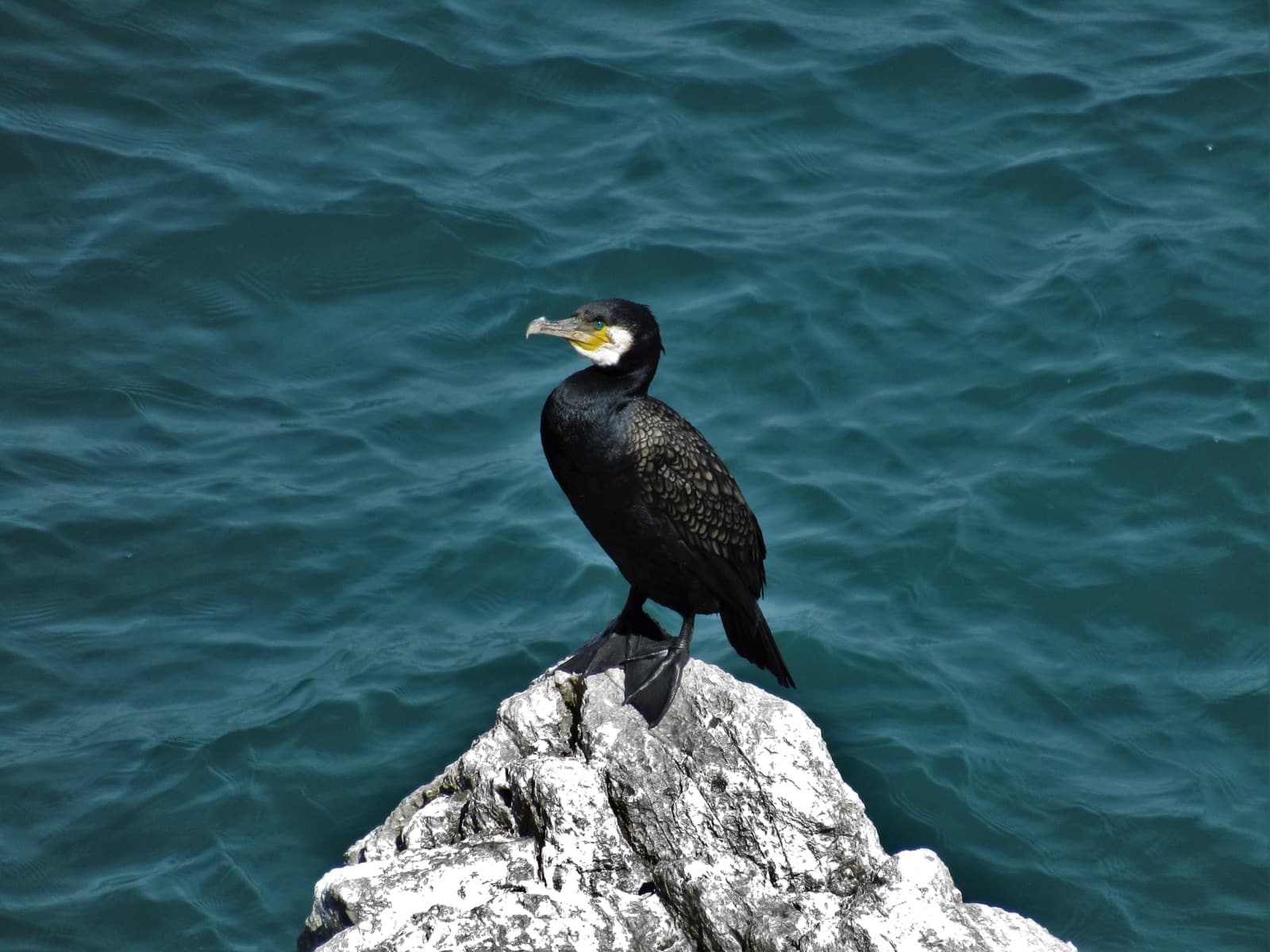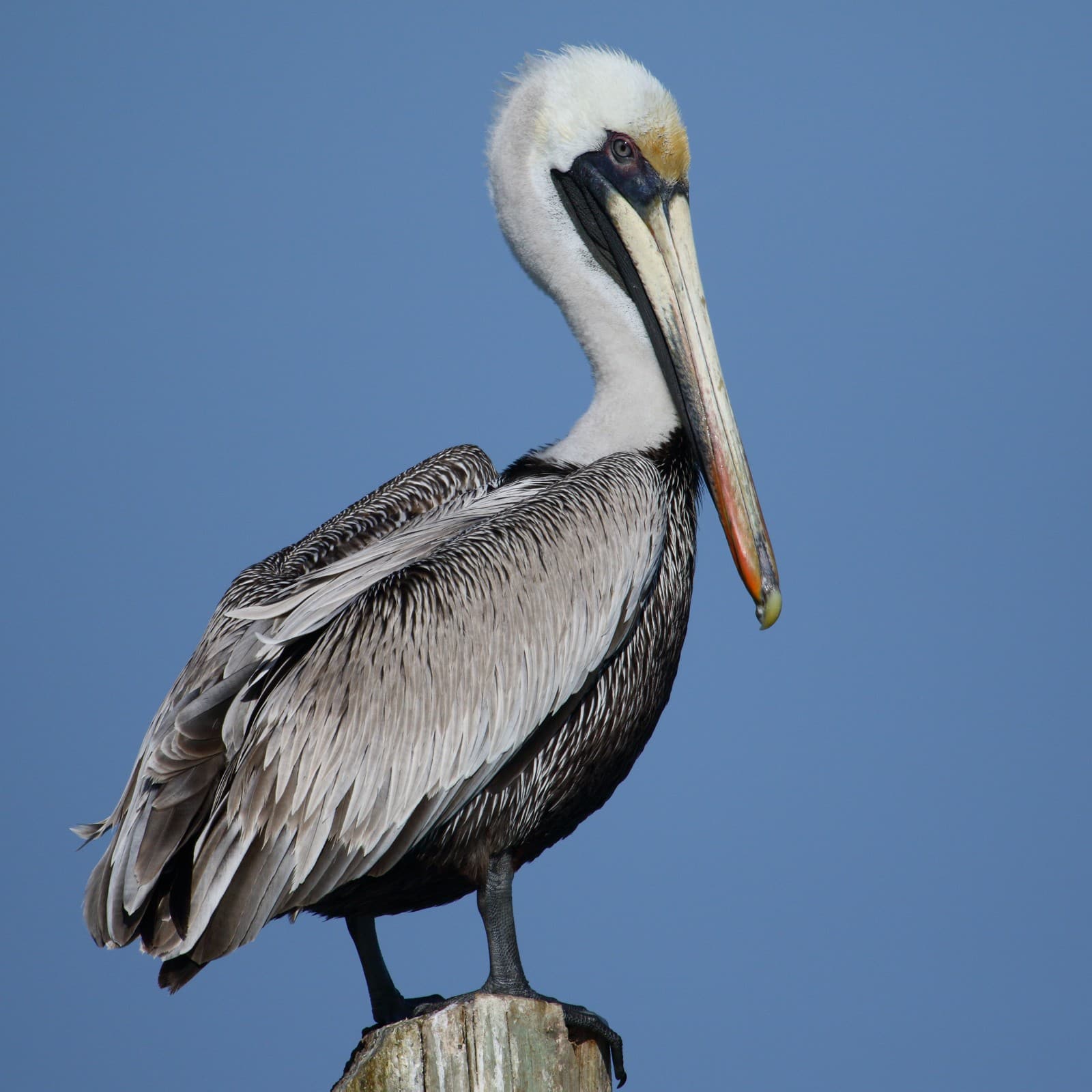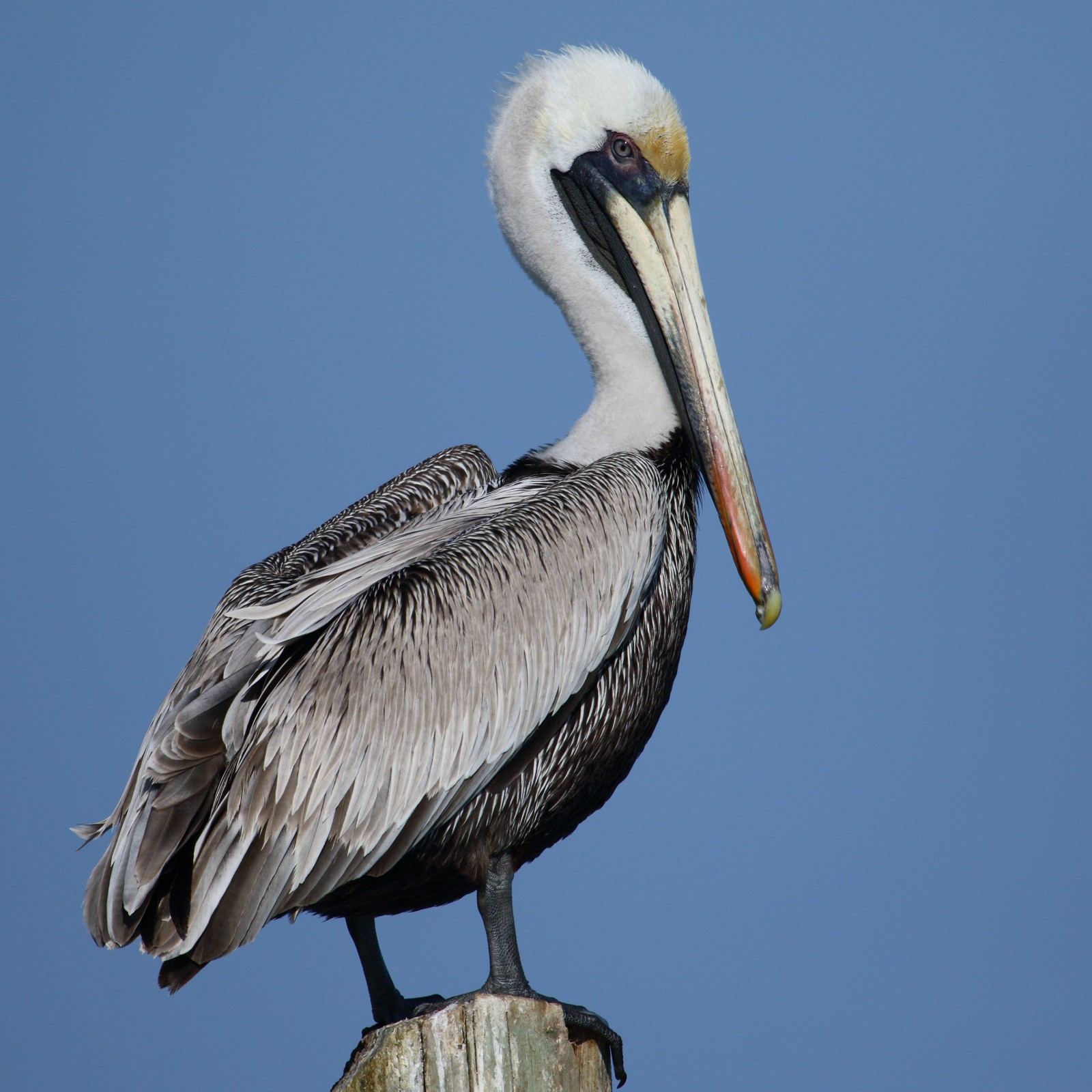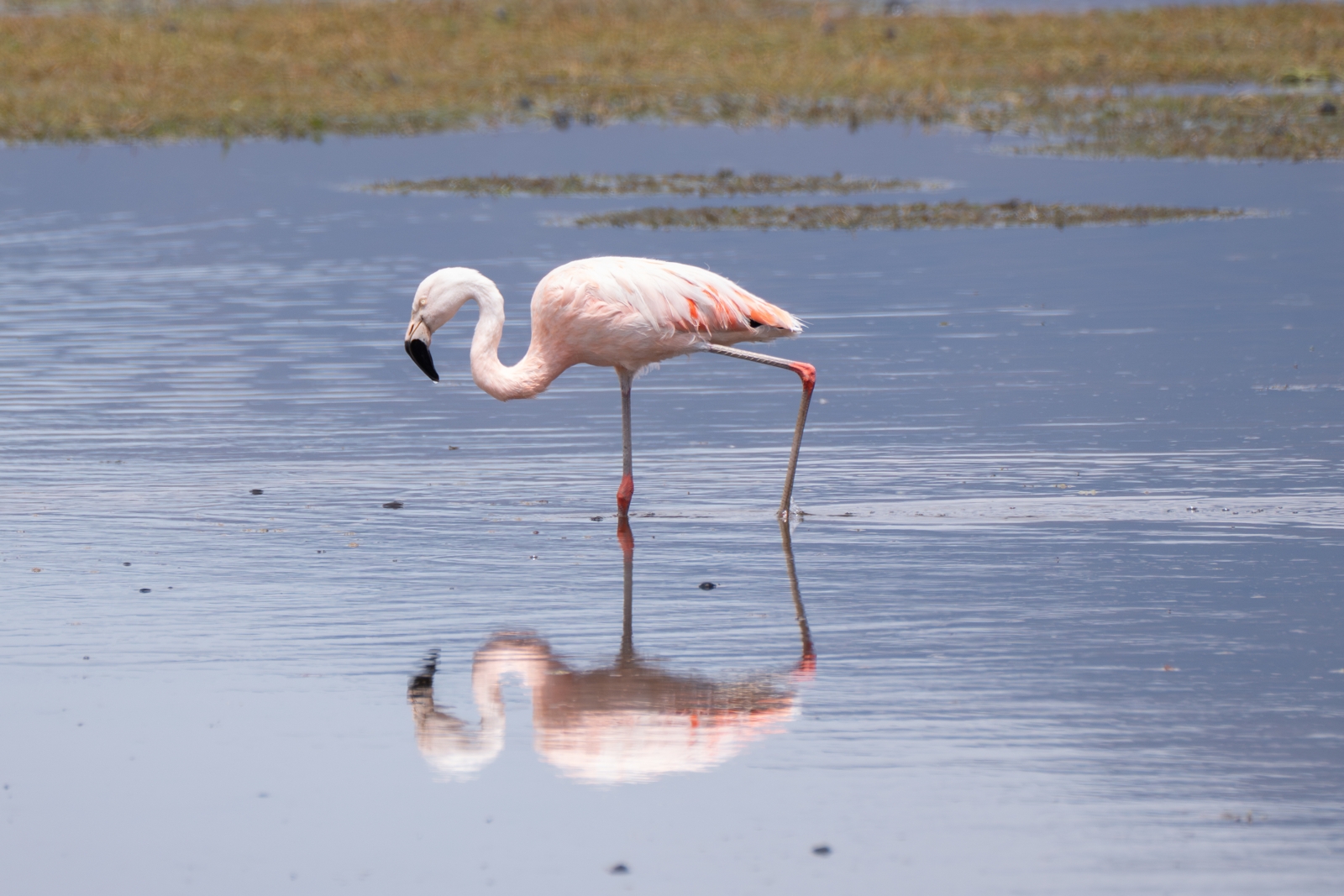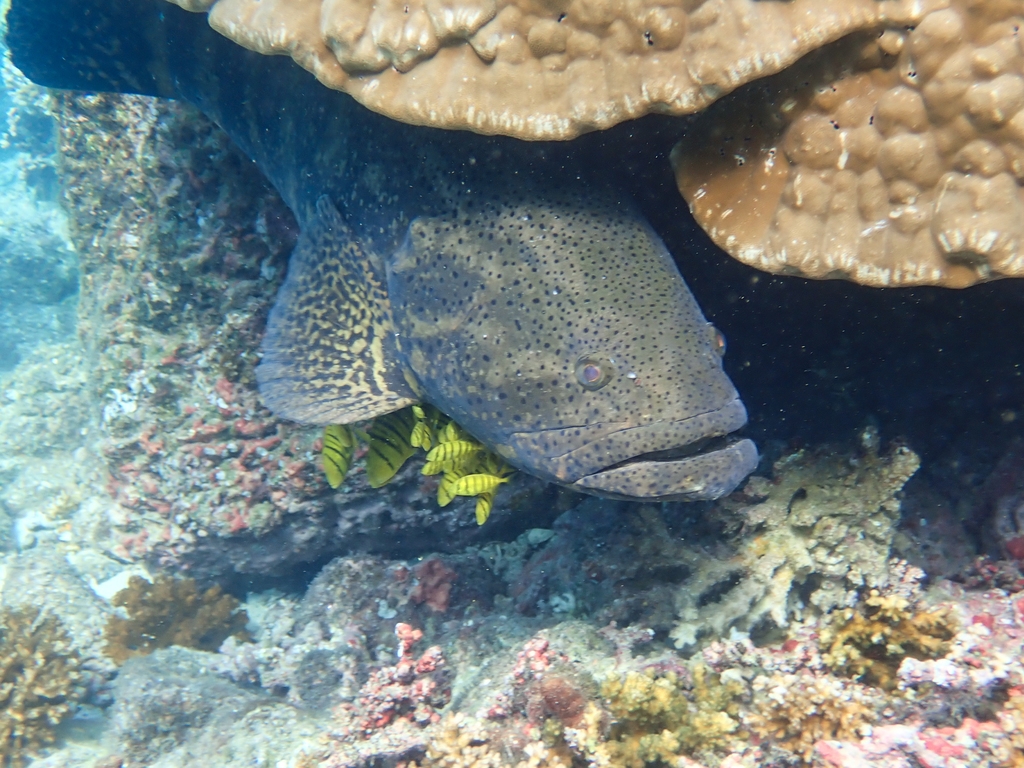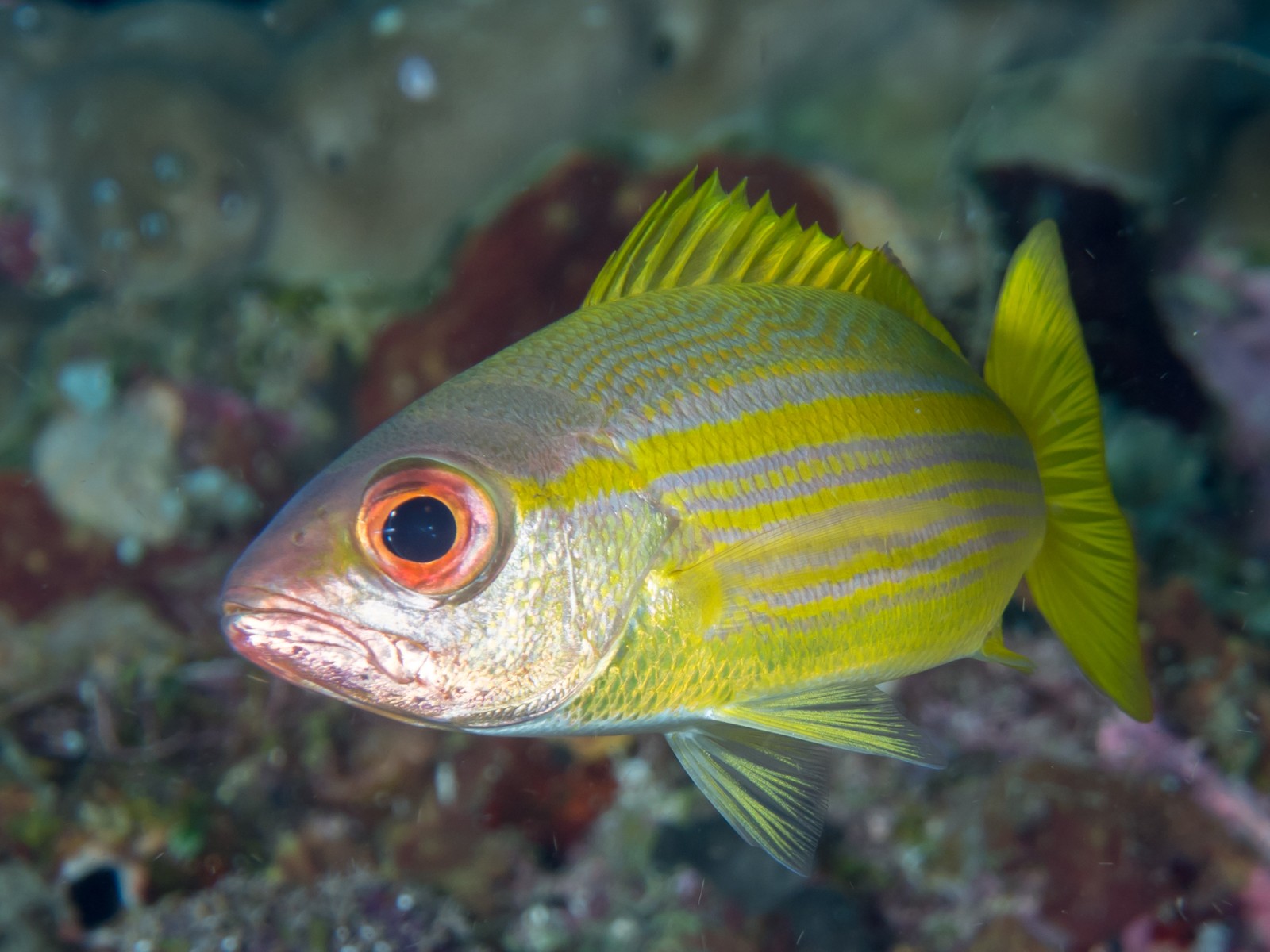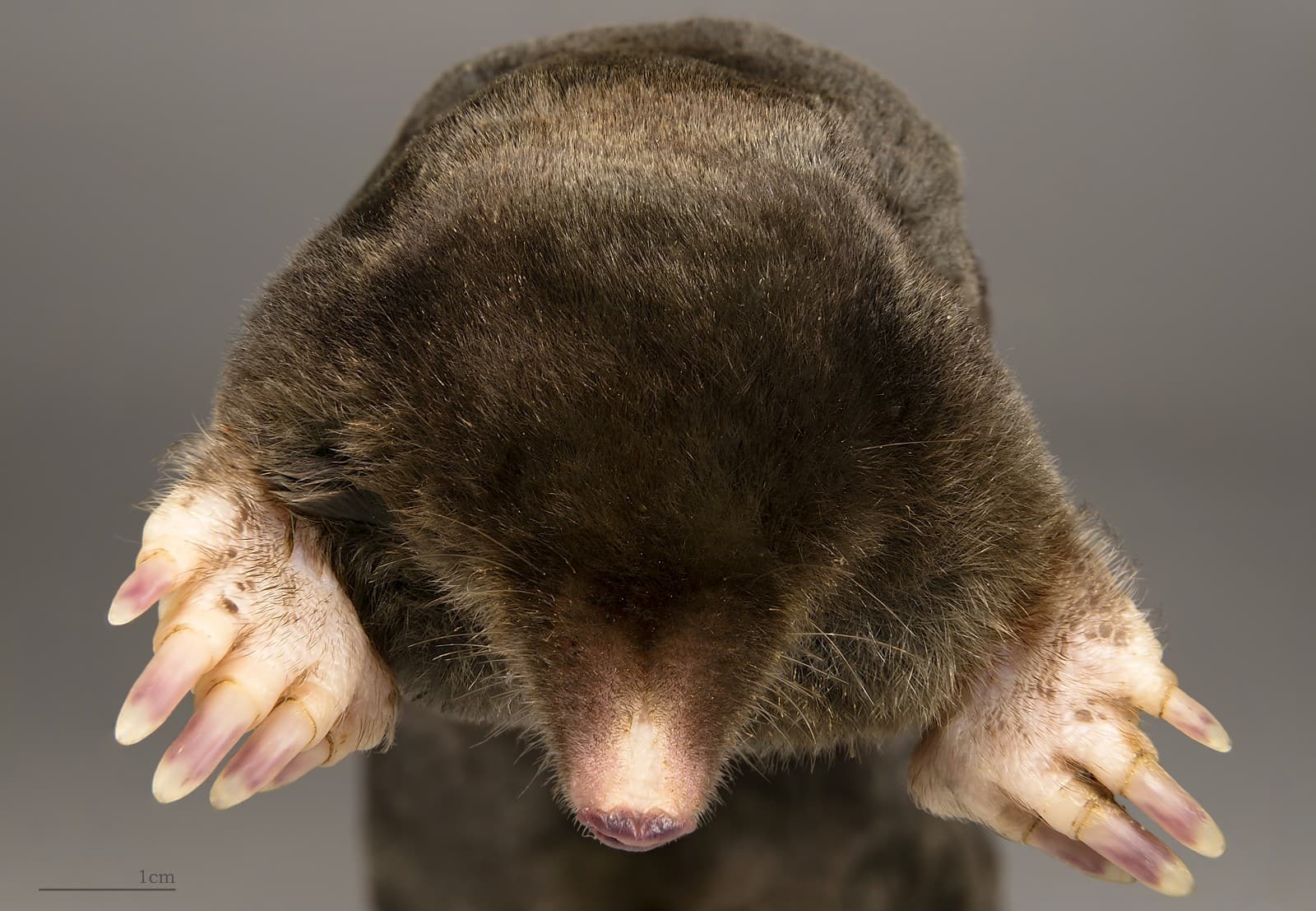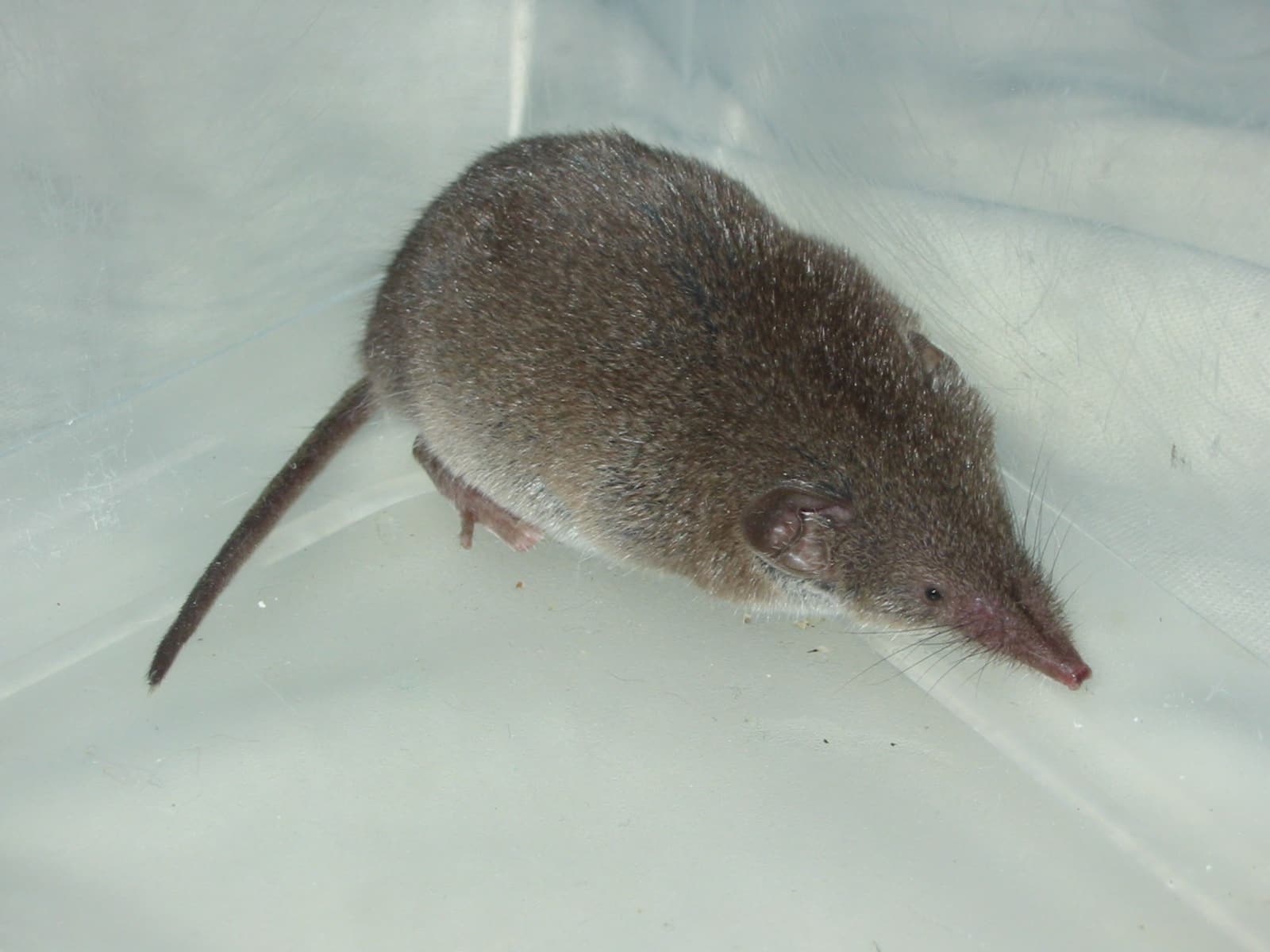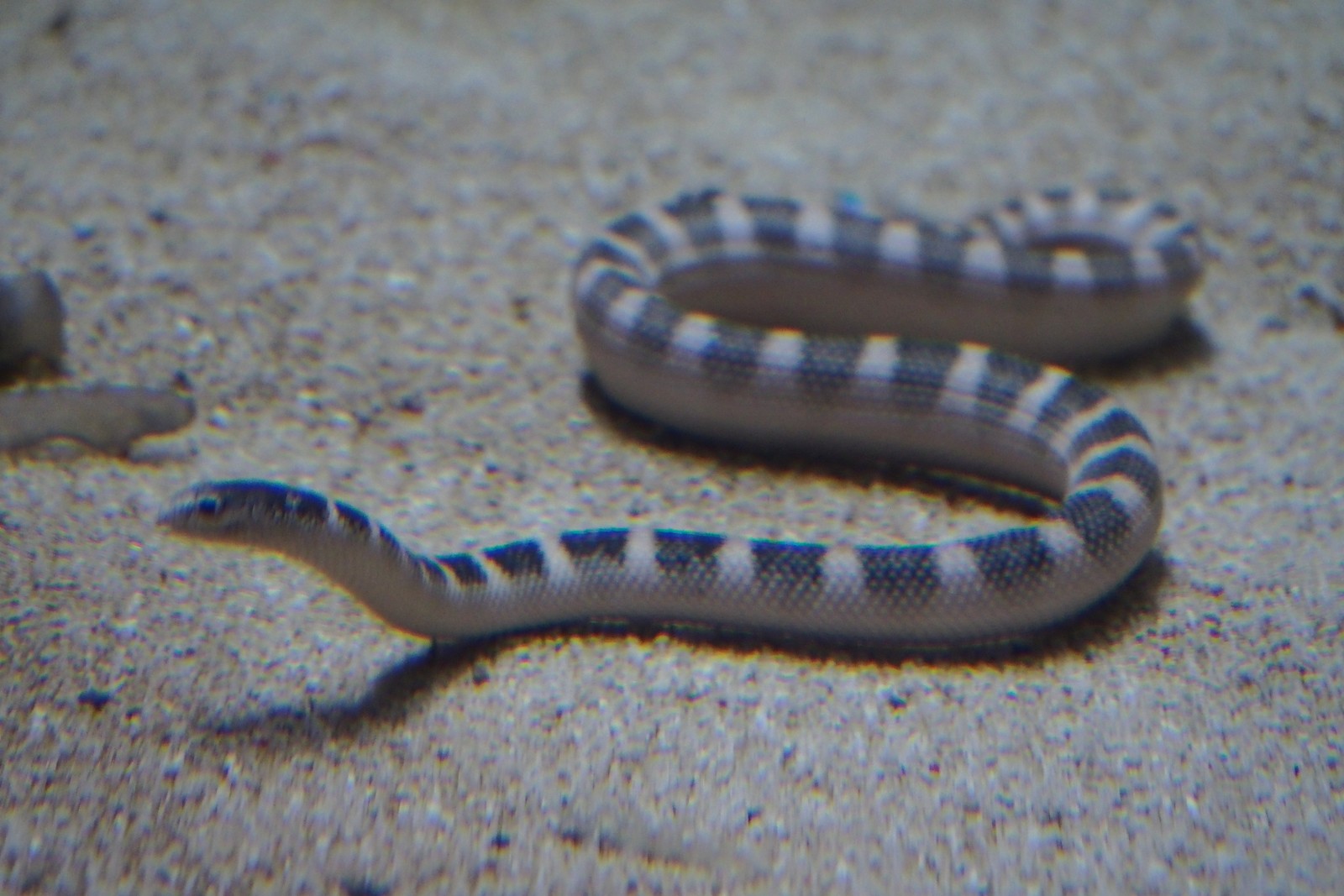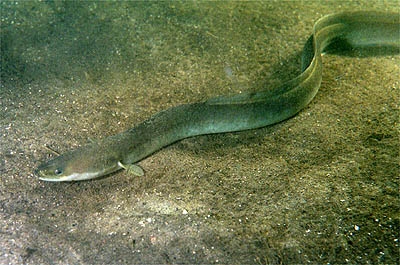Frigate bird vs Pelican: A Complete Comparison
When comparing the Frigate bird vs Pelican, we encounter two remarkable seabirds with drastically different hunting strategies and physical adaptations. While Frigate birds are aerial pirates with the largest wingspan-to-body-weight ratio of any bird, Pelicans are dive-bombing specialists equipped with their iconic throat pouches that can hold up to 3 gallons (11.3 liters) of water.
These coastal hunters differ significantly in their approach to survival. Frigate birds, weighing just 2.2-3.5 pounds (1-1.6 kg), rely on aerial agility to steal food from other birds. In contrast, Brown Pelicans can weigh up to 11 pounds (5 kg) and plunge-dive from heights of 60 feet (18.3 meters) to catch fish.
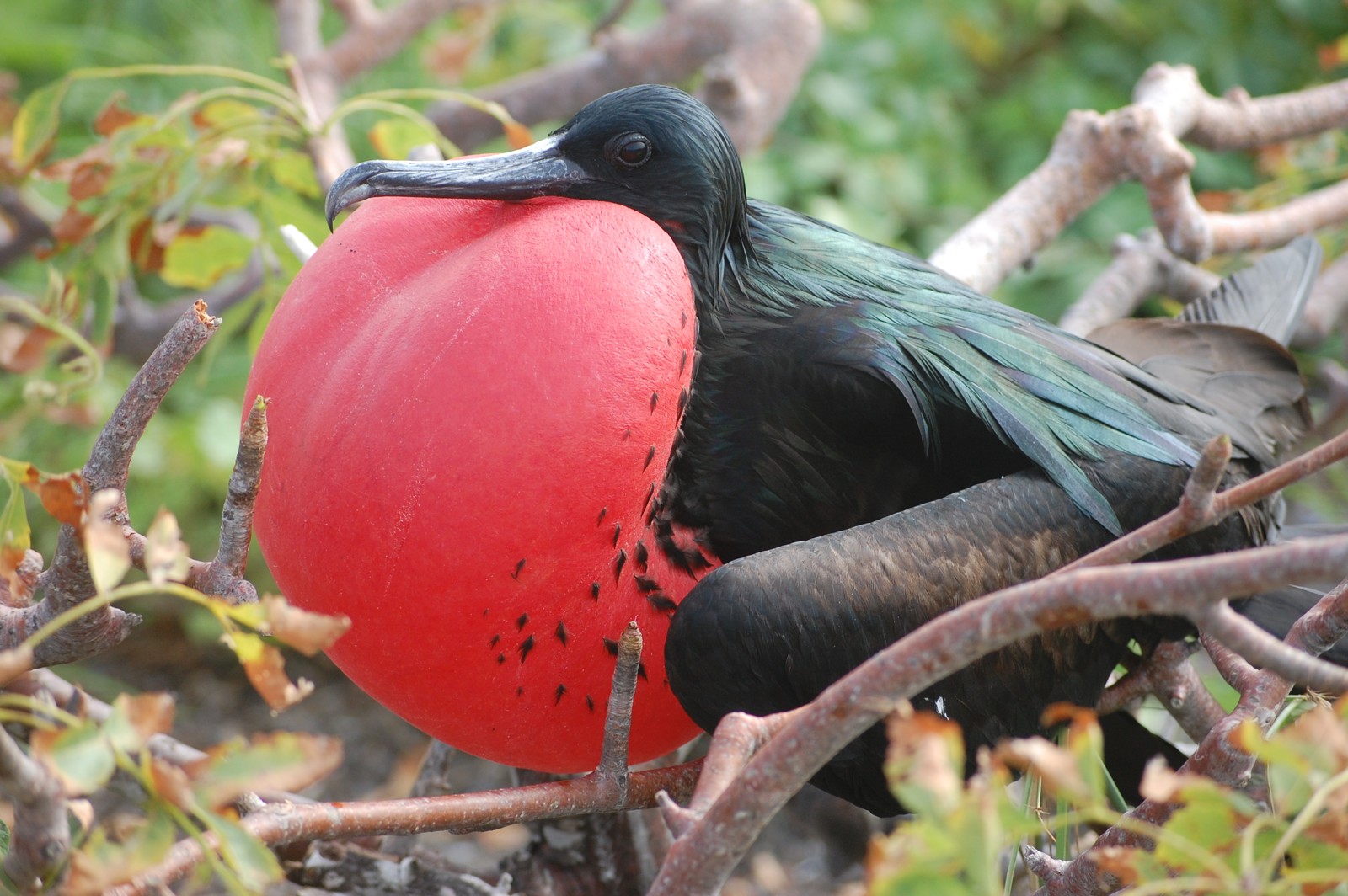
© macraegi / CC BY-SA 2.0
The male Frigate bird’s distinctive scarlet throat pouch serves as a dramatic courtship display, inflating to attract potential mates during breeding season. This remarkable feature sets them apart from their seabird cousins and showcases their unique evolutionary adaptations.
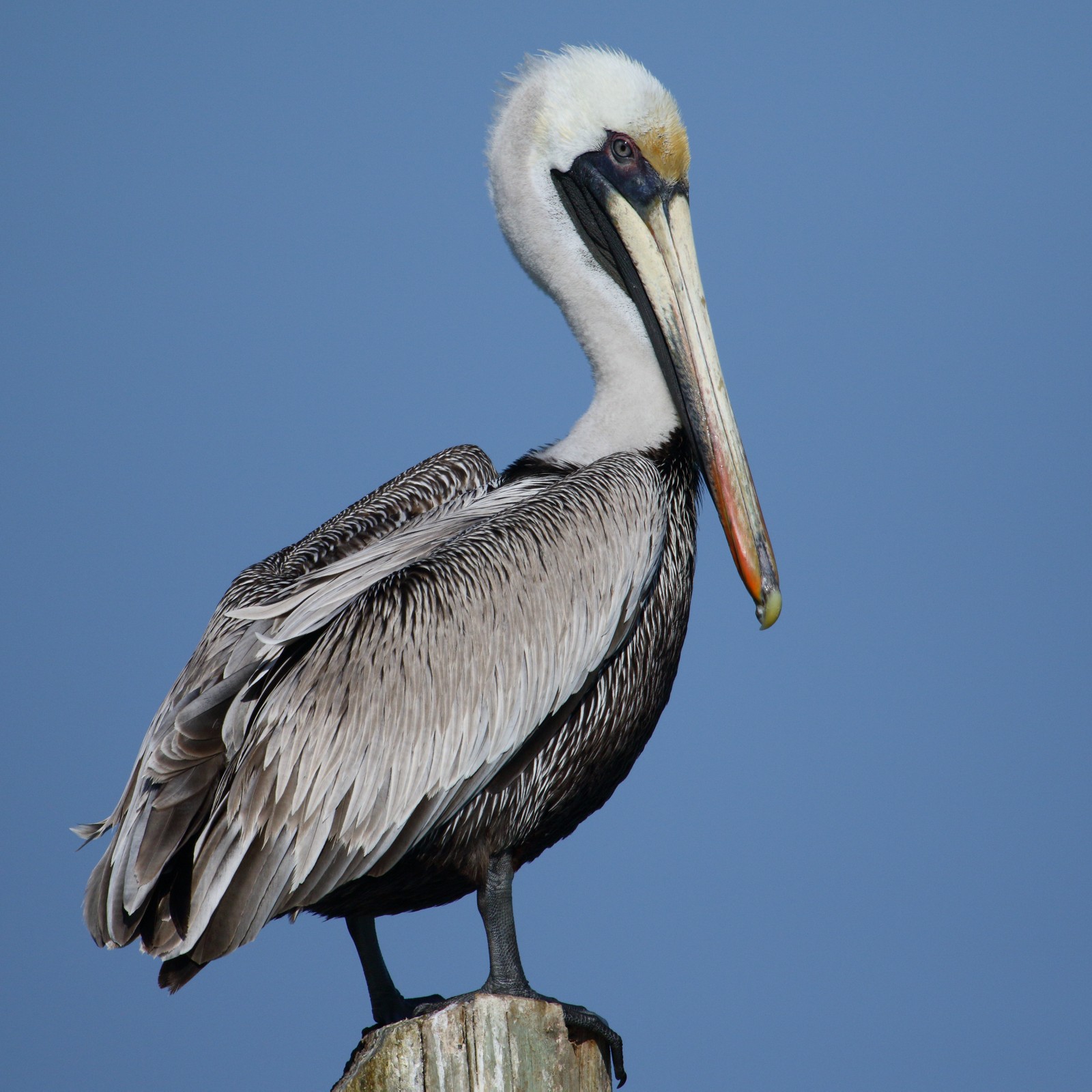
© Cephas / CC BY-SA 4.0
The Brown Pelican demonstrates the robust build and specialized bill structure that makes these birds such effective hunters. Their expandable throat pouch serves as both fishing net and feeding tool, distinguishing them from the more aerodynamic Frigate birds.
Key Differences: Frigate bird vs Pelican
| Feature | Frigate bird | Pelican |
|---|---|---|
| Wingspan | 7.5-8 ft (2.3-2.4 m) | 6.5-7.5 ft (2-2.3 m) |
| Weight | 2.2-3.5 lbs (1-1.6 kg) | 7-11 lbs (3.2-5 kg) |
| Hunting Method | Aerial piracy, surface snatching | Plunge-diving, surface scooping |
| Bill Type | Long, hooked | Long, straight with pouch |
| Swimming Ability | Cannot swim or land on water | Excellent swimmers |
| Distinctive Feature | Male’s red throat pouch | Large expandable throat pouch |
Hunting Strategies and Feeding Habits
Frigate birds have earned the nickname “Man-of-war birds” due to their aggressive aerial tactics. These masterful fliers harass other seabirds until they regurgitate their catch, which the frigate birds then catch in mid-air. They also catch flying fish and squid near the ocean’s surface without landing on water.
Pelicans, conversely, employ a more direct approach. Brown Pelicans spot fish from heights up to 60 feet (18.3 meters), then plunge-dive headfirst to catch their prey. Their throat pouches act as fishing nets, straining out water while retaining fish. White Pelicans often hunt cooperatively, herding fish into shallow waters.
Habitat and Distribution
While both species inhabit coastal regions, their specific habitat preferences differ markedly. Frigate birds are tropical and subtropical birds, rarely venturing beyond warm waters. They require elevated perches for roosting and nesting, typically choosing remote islands with tall trees or cliffs.
Pelicans show greater habitat flexibility, with species found from tropical to temperate zones. Brown Pelicans prefer coastal marine environments, while White Pelicans often frequent inland lakes and estuaries. Both can adapt to human-modified environments better than Frigate birds.
Flight Capabilities and Adaptations
Frigate birds showcase remarkable aerial abilities, capable of staying aloft for up to two months continuously. Their lightweight build and massive wingspan allow them to soar effortlessly on thermal currents, reaching altitudes of 2,500 feet (762 meters).
Pelicans, despite their bulkier build, are surprisingly graceful fliers. They often fly in V-formations to conserve energy during long-distance migrations. However, their heavier weight requires more active flying and frequent rest periods compared to Frigate birds.
Who Would Win in a Confrontation?
While direct conflicts between Frigate birds and Pelicans are rare, their interactions typically favor the more agile Frigate bird. The Frigate bird’s superior aerial maneuverability and aggressive nature make it more likely to successfully steal food from Pelicans. However, Pelicans’ larger size and robust build provide effective defense against persistent harassment.
Conservation Status and Threats
Both species face similar conservation challenges, primarily from habitat loss and plastic pollution. Frigate birds are particularly vulnerable to disturbance at breeding colonies, while Pelicans face additional threats from fishing line entanglement and oil spills. Understanding these distinct yet equally remarkable seabirds helps emphasize the importance of marine ecosystem conservation for their continued survival.
